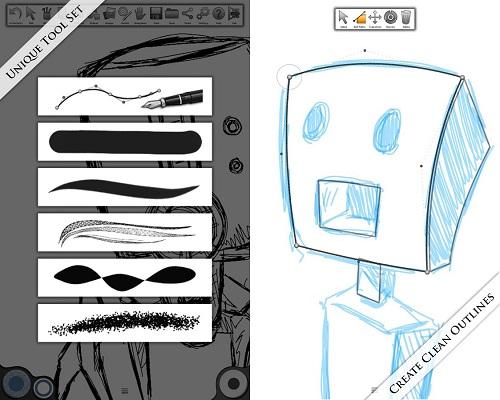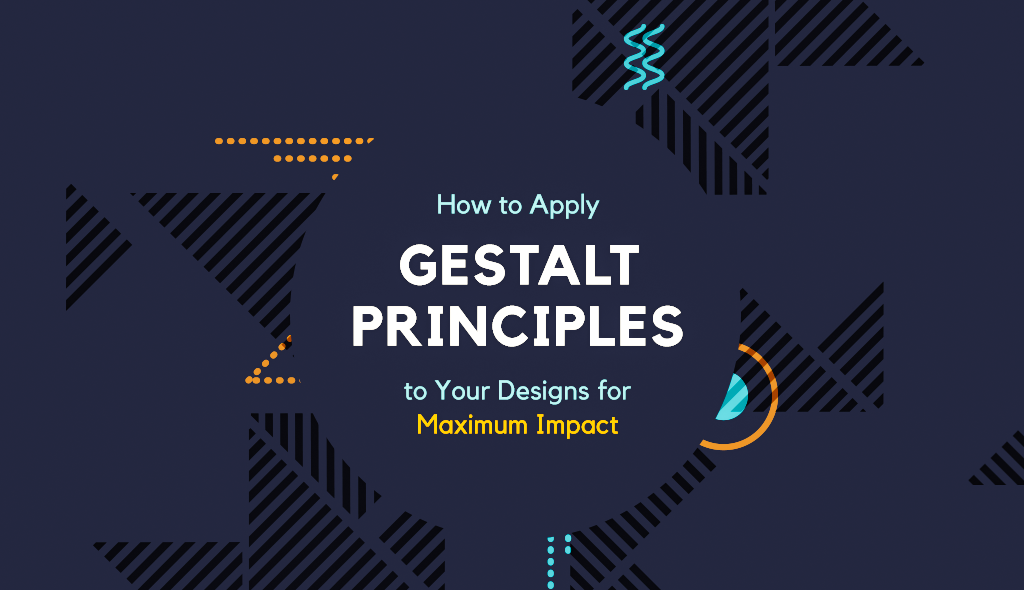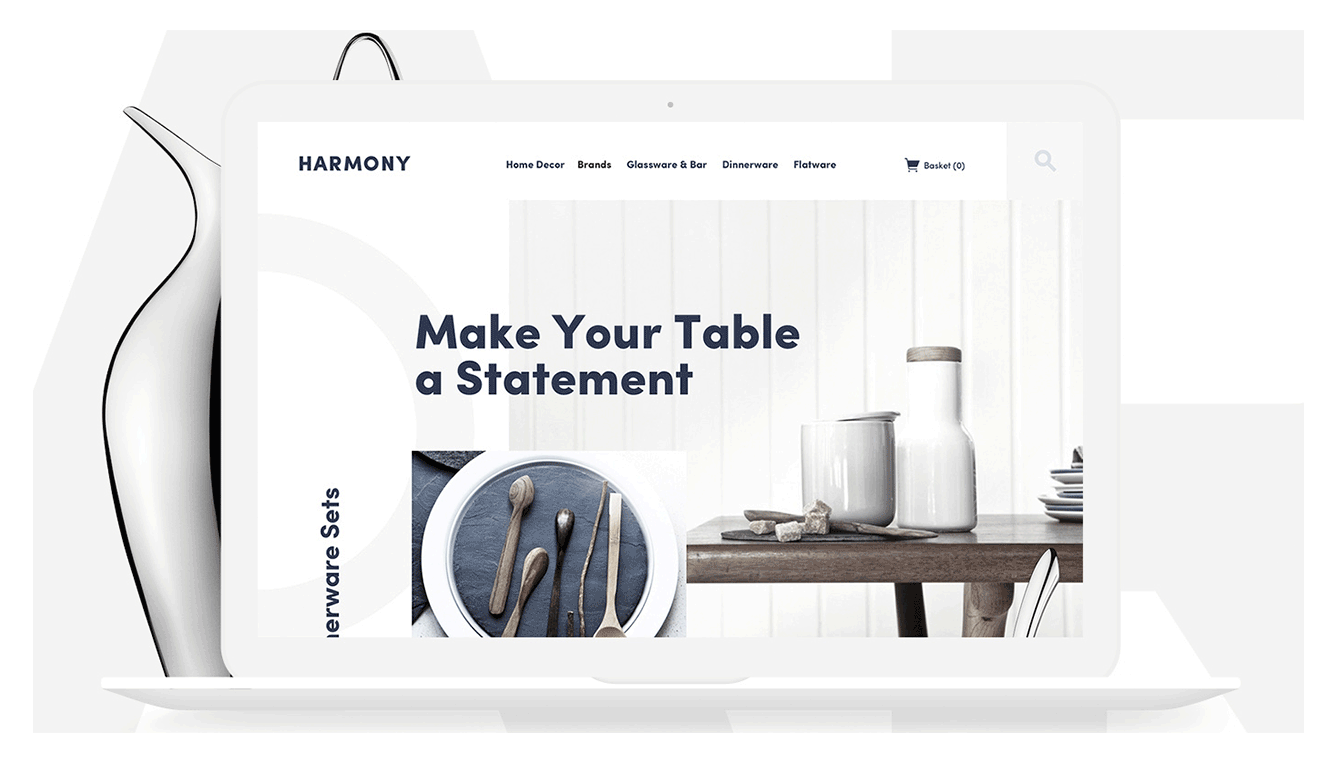
Adaptive Design is the term that describes the design of a website that can adjust to fit the screen size. This process allows for more flexibility in the elements that you use on your website, which can save you a lot of time and money in the long run. This type of design might not work for everyone, but some people find it to be a good option.
Adaptive design is a great way to make your website more accessible to users of all kinds of devices, including desktops and mobile phones. The CSS3 query is key. This is the underlying mechanism behind adaptive design, and it tells your browser when to switch from one layout to the next. This is not as easy as it sounds. You must know the exact screen size and layout you require to support it.

The best adaptive design for your site will depend on the objectives of your site, the types of devices your site is intended for, and how you want users to interact with it. Analytics can be used by you to find out which devices are most popular. Then, design for them.
It's not as easy as it sounds. You will need to put in a lot of effort and time to make adaptive design work. However, it can be a great option for a new site or a redesign. If you want to create a new site, you'll need to consider the size of your audience and the kind of information they want to access on your website. Also, make sure you test the site to make sure it works.
The best adaptive design option for some sites is to use responsive design. This will mean your site will load quicker, but it can have some disadvantages, especially for sites with a lot of pages. This means that you'll need to create different layouts depending on the device. This can lead to incorrect formatting or a lack of compatibility with certain devices.
Sites with a desktop design make adaptive design much simpler. But, it is still possible to have problems with design for only two or three screen sizes. This means you can miss out on a few potential users. This is particularly true for smartwatches which don't have native web browsing capabilities. Consider whether or not your users use mobile devices for daily activities. To make sure all information is easily accessible, you can use adaptive designs.

You should also consider the impact that load time will have on your users. Responsive design is more time-consuming than adaptive. This can be an important factor for users. A slow loading site can drive users away.
FAQ
How do you choose a domain name
It is important to pick a quality domain name. It is essential to have a unique domain name. People will not be able find you when they search your product.
Your domain name should be concise, memorable, unique, relevant, and easy to remember. Ideally, you want something that people would type into their browser.
Here are some ways to choose a domain name.
* Use keywords related your niche.
* Do not use (-), hyphens in your numbers and symbols.
* Don't use.net or.org domains.
* Use words that are already used.
* Avoid using generic terms like "domain"/website.
* Check to make sure it's there.
Should I use WordPress, or a website builder
You can start small and build a solid web presence. If you have the time or resources to create a complete site, do so. But if you don't have these resources yet, starting with a simple blog might be the best option. As you develop your website design skills, you can always add additional features.
You should first set up your primary domain before you begin building your first website. This will give you a pointer to which to publish content.
What HTML & CSS can I use to create my website?
Yes, you can! You will need basic knowledge of web design and programming languages like HTML (Hyper Text Markup Language) and CSS (Cascading Style Sheets). These languages can be used to create websites which can then be viewed by everyone who has an internet connection.
What Should I Include in My Portfolio?
All these items should be part of your portfolio.
-
You can also see examples of your previous work.
-
If applicable, links to your website
-
Link to your blog.
-
Links to social media pages.
-
You can also find links to other designers' portfolios online.
-
Any awards you have been given.
-
References.
-
Take samples of your work.
-
Here are some links that will show you how to communicate with your clients.
-
These are links that show you're open to learning new technologies.
-
These links show that you are flexible.
-
Links that show your personality
-
Videos showing your skills.
Does A Good Portfolio Make Me More Likely To Be Hired As A Web Developer?
Yes. When you are applying for a job as a web developer or designer, a portfolio is crucial. The portfolio must show examples of your skills and experience.
Portfolios usually include samples of past projects. These examples can showcase your abilities. Include everything: mockups; wireframes; logos; brochures; websites and apps.
Statistics
- At this point, it's important to note that just because a web trend is current, it doesn't mean it's necessarily right for you.48% of people cite design as the most important factor of a website, (websitebuilderexpert.com)
- Studies show that 77% of satisfied customers will recommend your business or service to a friend after having a positive experience. (wix.com)
- When choosing your website color scheme, a general rule is to limit yourself to three shades: one primary color (60% of the mix), one secondary color (30%), and one accent color (10%). (wix.com)
- It enables you to sell your music directly on your website and keep 100% of the profits. (wix.com)
- In fact, according to Color Matters, a signature color can boost brand recognition by 80%. There's a lot of psychology behind people's perception of color, so it's important to understand how it's used with your industry. (websitebuilderexpert.com)
External Links
How To
How do I get started as a UI Designer?
There are two routes to becoming a UI Designer:
-
You can get a degree from school in UI Design.
-
It is possible to start a freelance career.
To be able to enter school, it is necessary to attend college/university and complete four years. This includes art, computer science, business, marketing, psychology, etc.
You can also take classes at community colleges or state universities. Some schools offer tuition-free programs while others charge tuition.
After graduating, you'll need to find employment. If you plan to work for your own business, you need to establish a client base. It's important to network with other professionals, so they know you exist.
You can also look for opportunities to intern at companies that specialize in developing web applications. Many companies hire interns to gain experience before hiring full-time employees.
A portfolio will help you get more work once you have established it. Your portfolio should include work samples as well as details of the projects that you have worked on.
It's a smart idea for you to send your portfolio by email to potential employers.
Market yourself as a freelancer. You can advertise your services on job boards like Indeed, Freelance, Guru, or Upwork.
Freelancers frequently receive assignments from recruiters who post jobs online. These recruiters search for qualified candidates to fill positions within specific industries.
These recruiters will typically give the candidate a project brief that outlines the position's requirements.
While freelancers aren't required to sign contracts for a long time, they can still be paid. It is best to negotiate an upfront fee if you intend to move forward.
Designers prefer working directly with clients over working through agencies. Although this may sound great, many lack the necessary skills.
Agency workers are often well-versed in the industry they work in. They also have access to specialized training and resources that allow them to produce high-quality work.
In addition to these benefits, agency workers usually receive a higher hourly rate.
However, the disadvantage of working with an agency is not having direct contact with your employer.
A UI designer must be self-motivated, creative and flexible.
Excellent communication skills are also required.
UI designers create user interfaces and visual elements for websites.
They are also responsible to ensure the site meets user needs.
This involves understanding the information users need and how to make your site work.
Wireframes can also be created by UI developers using a variety o tools. They use wireframing to help them visualize the layout of a webpage before they start designing.
Online wireframe templates make it simple to create your own wireframes.
Some designers only focus on UI design. Others combine UI and graphic design.
Photoshop is a tool used by graphic artists to edit images.
To create pages and layouts, they then use Adobe InDesign.
Photographers capture images using digital cameras or DSLRs.
The photos are then uploaded into a photo editing program. Here they can add captions, filters, or other effects.
The photographer saves the image to a file compatible with the website.
It is important to take into consideration all aspects of the design process when building a website.
This includes research, planning, wireframing, prototyping, testing, coding, content creation, and publishing.
Research - Before you start a new project, it's important to do thorough research.
Planning – After you've done your research you'll be ready to develop a plan.
Wireframing - A wireframe is a preliminary sketch of a web page or application.
Prototyping – Prototypes are used to verify that the final product is consistent with the original vision.
Testing - To ensure that the prototype works correctly, it should be subject to multiple rounds of testing.
Coding - The process of writing computer software code is called Coding.
Content Creation - This includes everything from managing social media accounts to writing copy.
Publishing involves uploading files to a server, and making sure the site is accessible.
You will need to have a broad knowledge of different projects in order as a freelance UX/UI developer.
Some companies may only need wire frames while others require complete prototypes.
Depending on which type of project you accept you might be asked to do specific tasks.
If you are hired to create wireframes for a company, you may be expected to produce several wireframes each time.
If you're hired to create a complete prototype, you may be required to develop a fully functional version of the site.
It doesn't really matter what project you're working on, good interpersonal skills are vital.
Referrals are what most clients use to hire freelancers. Therefore, it is important that you establish strong relationships with potential employers.
Additionally, communication skills are essential.
A portfolio is an important part of any freelancer's arsenal.
It showcases the quality of your work as well as your ability and willingness to provide high-quality results.
You can take care of this by creating a professional portfolio online.
It is a good idea to look for websites that are similar to yours to get you started.
Search these websites to view the details of each site.
Once you've identified the best practices, it is time to start implementing them.
It's also beneficial to include links within your resume to your portfolio.